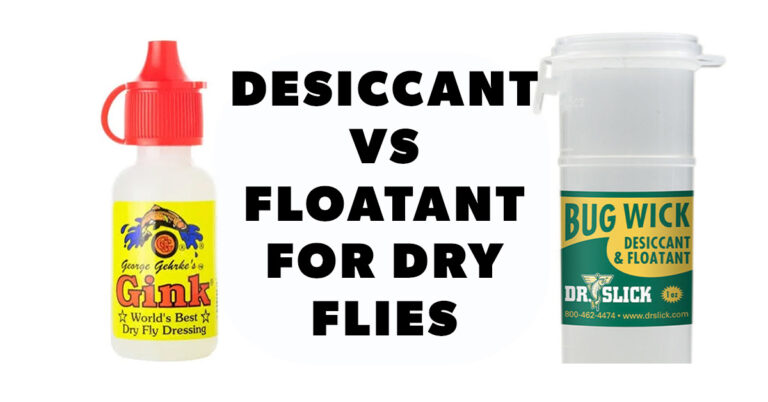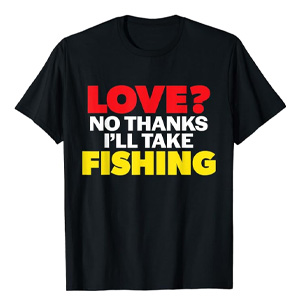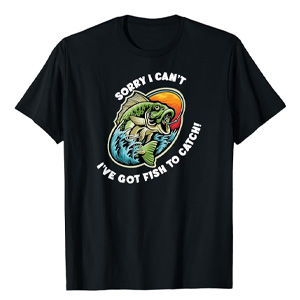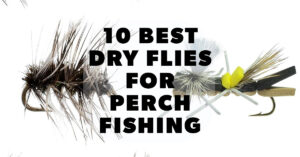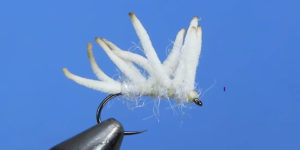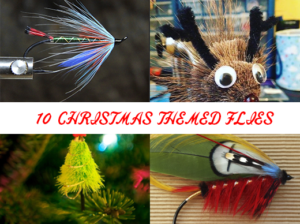Getting the most out of your dry flies means understanding how to keep them riding high. Whether you’re just starting out or you’re a seasoned angler, knowing the difference between the various floatant products out there is key. Let’s dive into the options and learn when to use what.
What is the difference between floatant and crystal desiccant for dry flies?
- Paste floatants (like Gink) are applied directly to a dry fly to increase water repellency and buoyancy. They’re the standard choice for routine floatant needs.
- Crystal floatants are desiccants. They come in small containers where you place a wet fly. The crystals absorb moisture, restoring the fly’s ability to float, especially after it’s become completely soaked.
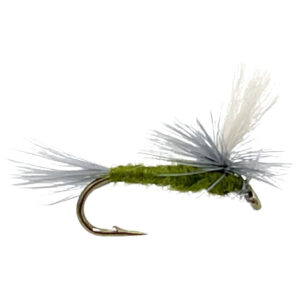
Floatants: Keep Those Flies Floating
When most anglers think of keeping their dry flies buoyant, paste floatants like the iconic Gink are what come to mind. These gels or pastes are applied directly to a dry fly’s hackles, body, and wings. Their primary job is to increase water repellency and add a layer of surface-tension-breaking ingredients, helping your fly dance on the water’s surface.
Advantages
- Ease of use: A dab on your fingertip and a quick rub on the fly is usually all it takes.
- Versatility: Works on a wide variety of dry fly patterns.
- Quick results: A fresh application means your fly should be floating in no time.
Disadvantages
- Over-application: It’s easy to gunk up your fly, which can clump hackles and make your imitation look less natural.
- Temporary: The effects wear off over time or after catching fish, requiring reapplication.
Tips
- A little goes a long way! Start with a small amount and add more only if needed.
- Let overly-coated flies dry fully before attempting to separate clumped materials.
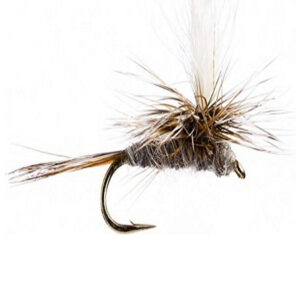
Desiccants – Reviving Waterlogged Flies
Desiccants bring a whole different approach to dry fly maintenance. Once flies have sucked up too much water, they won’t float. These crystalline products are basically super-absorbent materials, often packaged in small containers that suck that water back out of your flies. Rather than coating your fly, you simply drop your soaked fly into the container and give it a good shake. The crystals draw moisture out of the fly, making it ready to float again.
Advantages
- Revives saturated flies: Works best on flies that are truly waterlogged, not just slightly damp.
- Excellent for large, dense patterns: Perfect for reviving bulky stoneflies, Wulffs, and similar flies.
Disadvantages
- Residue: Can leave a visible white coating on your fly, requiring you to blow or shake it off.
- Eventually ineffective: If a fly is completely saturated, a desiccant may not be enough to fully dry it.
Tips
- Choose desiccants with color-changing crystals, indicating when they’ve reached their absorption limit.
- For smaller flies, consider making your own desiccant container with silica gel packets (the ones found in shoe boxes).
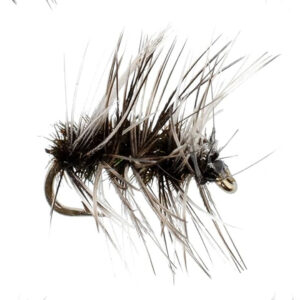
The One-Two Punch: Using Floatants and Desiccants Together
While both floatants and desiccants have their strengths, combining them can be a game-changer, especially in rough water conditions. Start with a fresh application of your favorite paste floatant. This gives your dry fly its initial buoyancy and water repellency.
Keep a desiccant container handy. When your fly gets soaked and starts to sink, a quick shake with the crystals will pull out the excess moisture. After the desiccant treatment, a light reapplication of floatant often restores your fly to fighting form, letting you get back to fishing fast.

